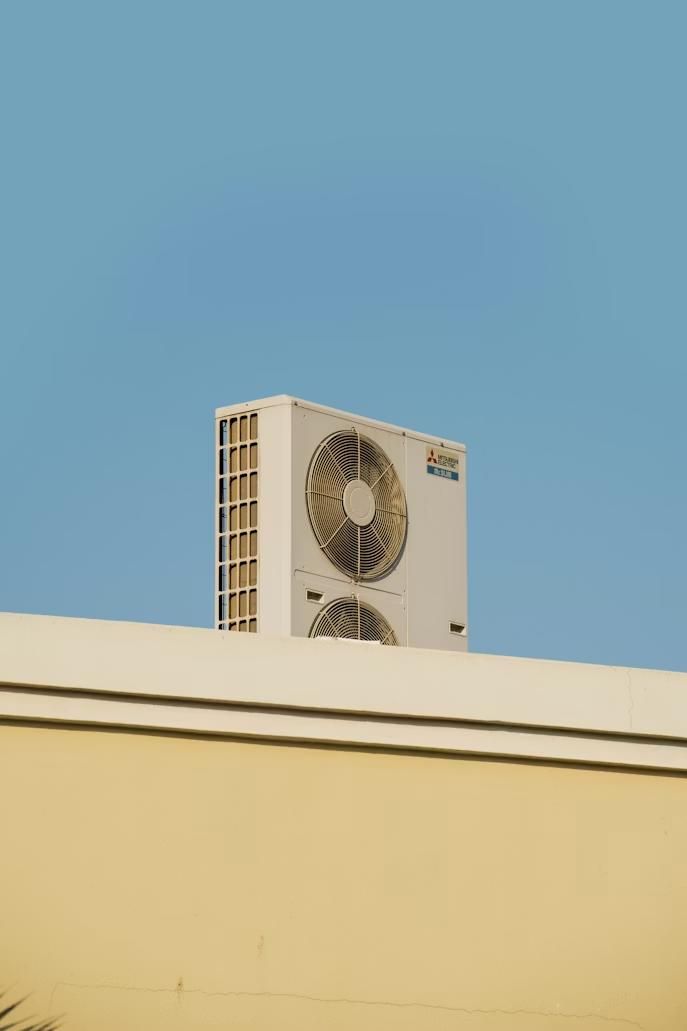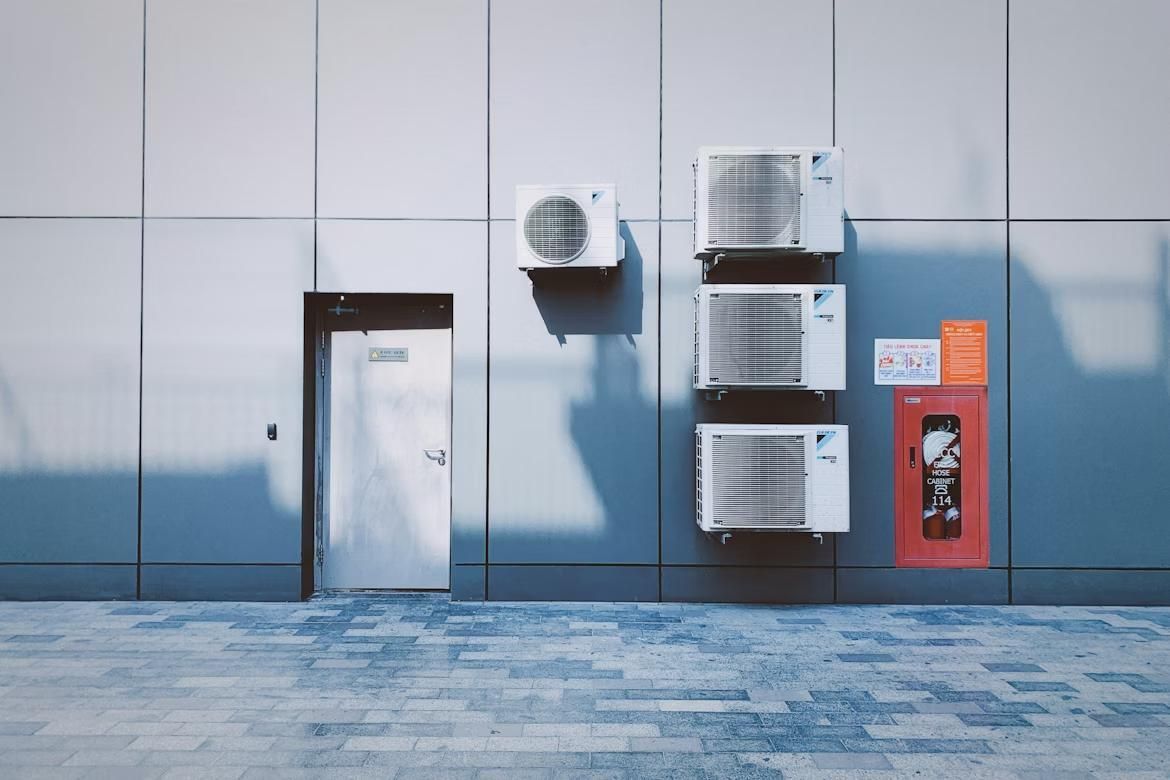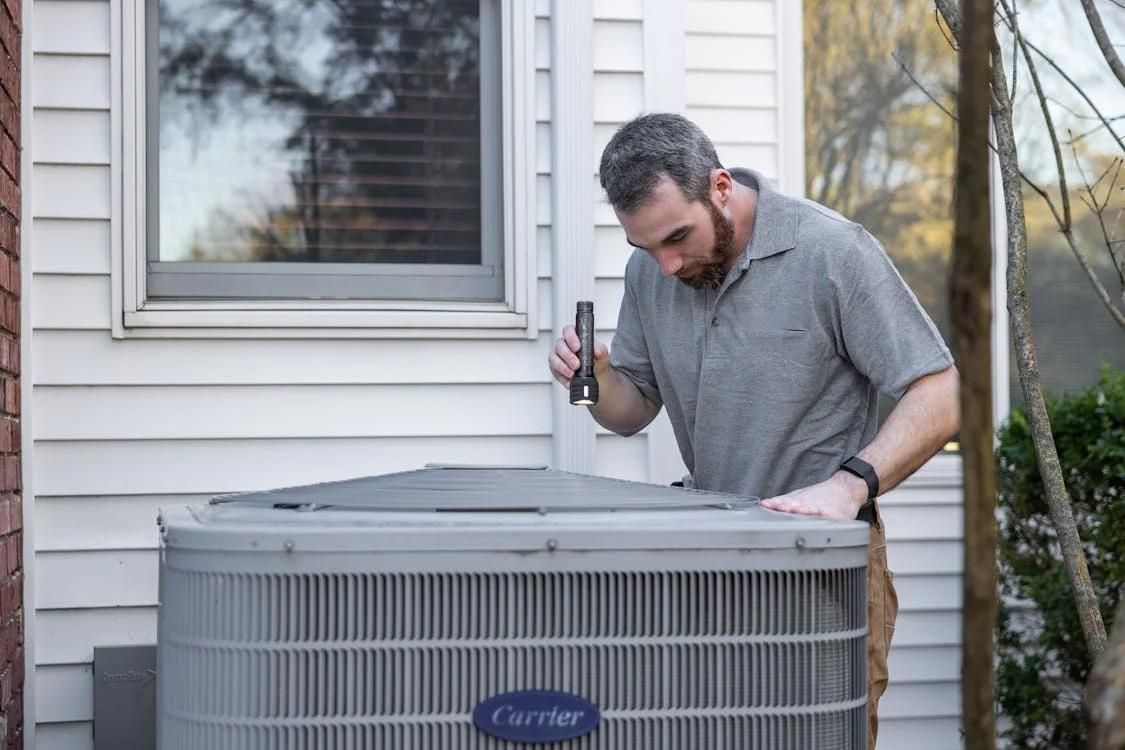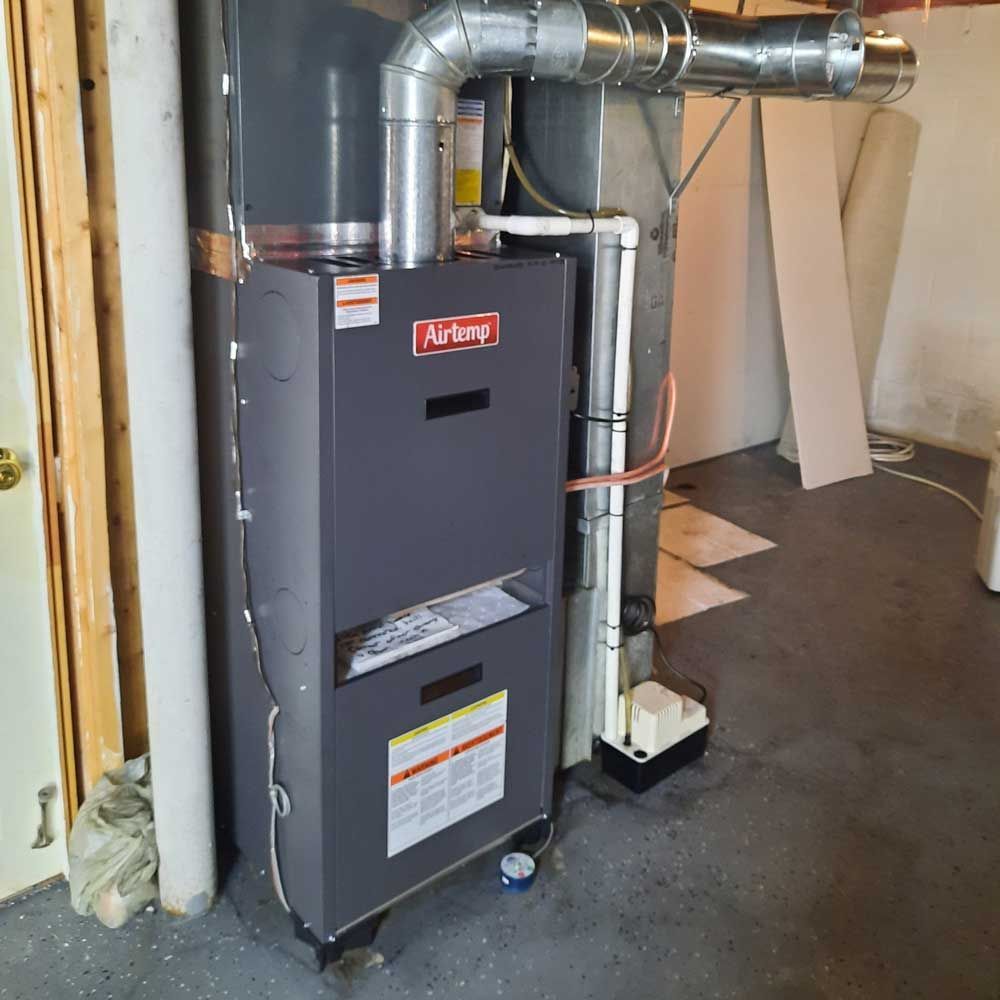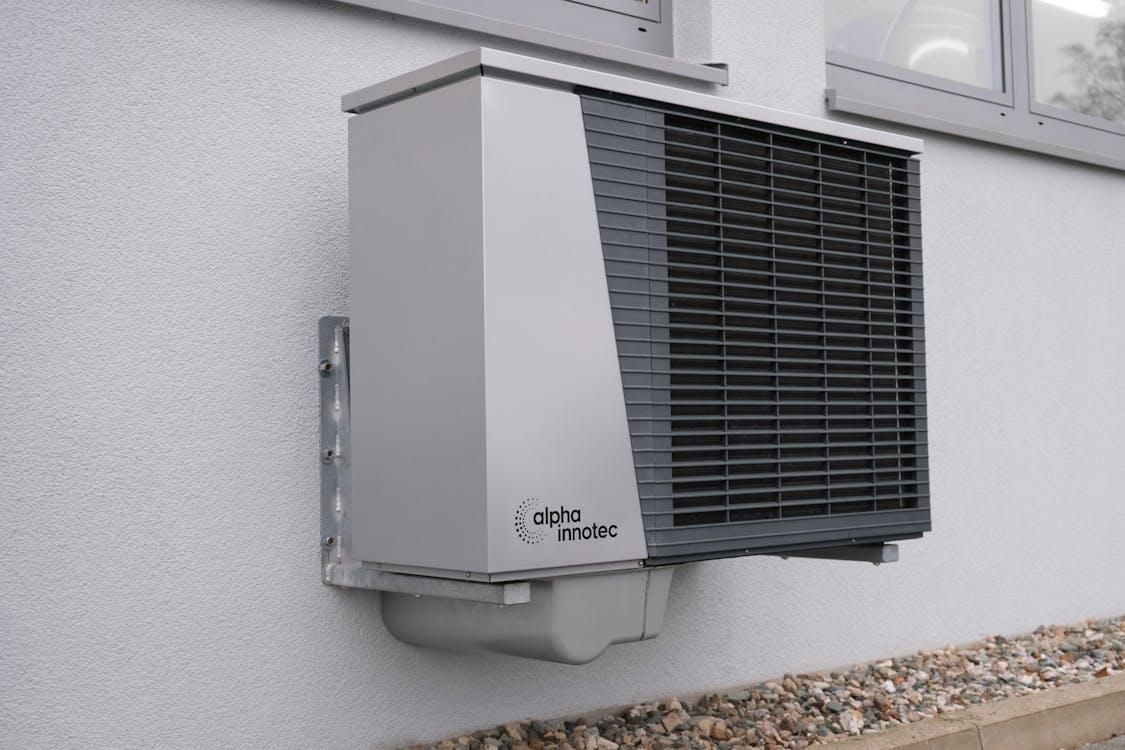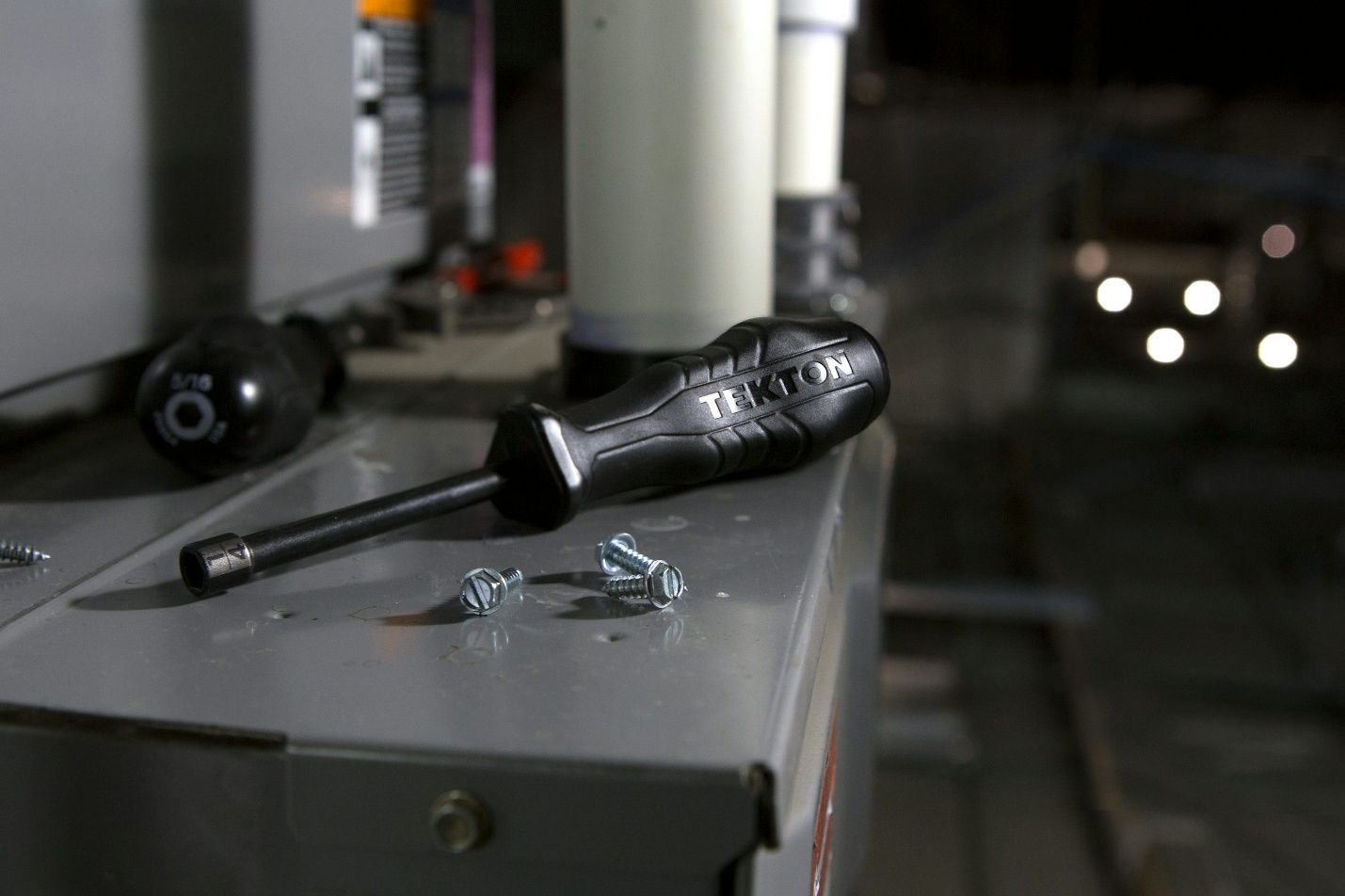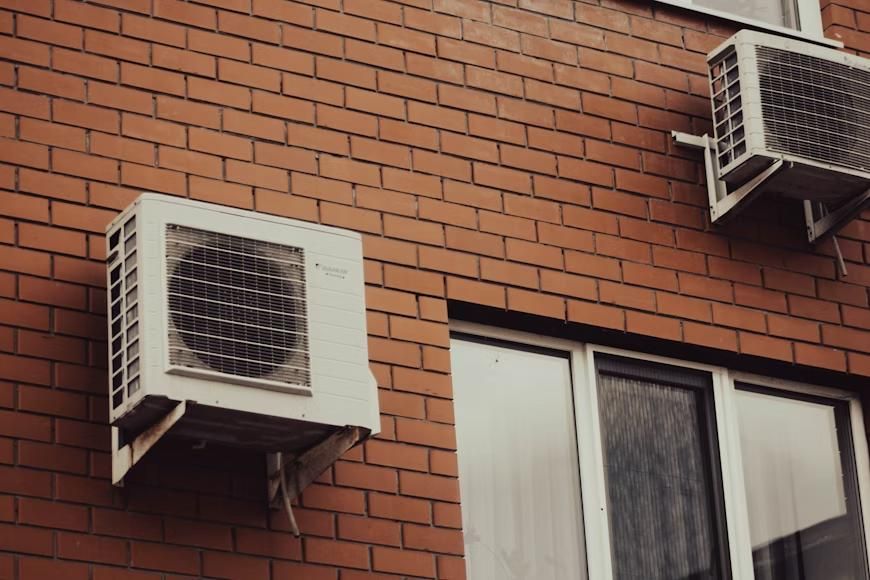What Size HVAC System Does Your Home Actually Need?
There’s a persistent myth in home comfort that more tonnage equals more comfort. Homeowners picture a larger air conditioner or furnace muscling indoor temperatures into submission, and the idea is understandably tempting. The reality is that a system that’s too large or too small will make you less comfortable, cost you more to operate, and wear out sooner. Proper HVAC sizing is about balance—matching capacity to the unique thermal load of your house—so your equipment runs long, steady, efficient cycles. That’s what an experienced HVAC contractor delivers: comfort engineered, not guessed.
Why Right-Sizing Matters More Than The Brand On The Box
Any modern unit can perform well in a lab. Real efficiency happens in your home, with your windows, your ductwork, your insulation, and your climate. If capacity is oversized, the system reaches the setpoint quickly and shuts off before it has time to dehumidify in summer or evenly warm the building mass in winter. Rooms feel clammy, temperatures swing, and components endure constant start–stop stress. If capacity is undersized, the system runs nearly nonstop, struggling to meet demand, driving energy bills up while wearing components prematurely. The best equipment in the wrong size behaves like mediocre equipment; the right size makes even mid-range gear feel premium.
Sizing Basics: Tonnage, Btus, And What Those Numbers Actually Mean
Cooling capacity is often expressed in tons; one ton equals 12,000 BTUs per hour. Furnaces and heat pumps list BTUs for heating. Those numbers are potential heat moved—not a guarantee of comfort. What matters is how that capacity compares to your home’s peak heating and cooling loads. Loads are influenced by envelope tightness, insulation R-values, window area and orientation, solar gain, internal gains from people and appliances, and regional weather. A seasoned HVAC contractor calculates these variables rather than relying on square-foot rules of thumb.
The Science Your Contractor Uses: Manual J, S, And D
Professional sizing isn’t guesswork; it’s a process. Manual J determines the heating and cooling loads for each room and for the house as a whole, accounting for infiltration, ventilation, glass type, shading, ceiling height, and more. Manual S selects equipment whose sensible and latent capacities match those loads at your design conditions, including how performance shifts with outdoor temperature and indoor setpoints. Manual D designs duct systems to deliver the calculated airflow with minimal static pressure and leakage. When you hire a qualified HVAC contractor, you’re not buying metal; you’re buying this methodology.
Humidity Control: The Reason Short Cycles Feel Like You Never Cool Down
Comfort isn’t only a number on the thermostat. In the Mid-Atlantic, summer comfort hinges on moisture removal. Oversized cooling systems satisfy the temperature quickly but barely dehumidify because they don’t run long enough. The result is a 72°F home that still feels sticky. Properly sized and staged systems run steady cycles that let evaporator coils pull moisture from the air, improving indoor air quality and preventing mold growth. That’s one reason homeowners who choose right-sized AC installation in Delaware often report lower humidity and fewer musty odors even at higher thermostat settings.
Winter Realities: Steady Heat Beats Blast Heat
In winter, the building envelope acts like a flywheel. An oversized furnace heats air quickly but doesn’t warm walls, floors, and furnishings evenly. You get hot bursts followed by chilly drafts and rooms that never match. A properly sized furnace or cold-climate heat pump delivers even heat at a pace that lets the building mass come along for the ride. Comfort rises, stratification falls, and your system runs in its efficiency sweet spot. That’s crucial during heating installation in Pennsylvania, where design temperatures demand reliable, sustained output rather than showy spurts.
Ductwork And Airflow: Capacity Means Nothing Without Delivery
Even the perfect capacity fails if the ducts are wrong. Undersized or leaky ducts increase static pressure, starving equipment of airflow, which reduces capacity and can freeze coils or overheat heat exchangers. Poorly sealed return ducts suck dusty attic or crawlspace air into the system, wrecking indoor air quality and clogging filters. A thorough contractor verifies airflow, measures static pressure, seals leakage, and confirms that each room actually receives the CFM the load calculation specified. When HVAC services in Maryland include duct testing and balancing, comfort finally matches the brochure claims.
Insulation And Windows: Why Upgrades Can Let You Downsize
If you’ve improved insulation, sealed gaps, or installed better windows, your home probably needs less capacity than before. Many replacement systems get upsized out of habit when they should actually be downsized. A fresh Manual J after envelope improvements often reveals that a 3-ton system can become a 2-ton variable-speed unit with higher SEER2, lower operating costs, and better comfort. The only way to know is to measure, not to assume. Smart HVAC services align equipment choices with the envelope you have today, not the one from a decade ago.
Variable-Speed And Staging: Technology That Forgives Small Misses—And Boosts Comfort
Single-stage units are either on or off. Two-stage and variable-speed systems modulate capacity, running low most of the time and ramping up only on peak days. This wider operating range helps handle shoulder seasons gracefully, extends run times for better dehumidification, and reduces cycling wear. It also offers a little grace if sizing is slightly off. When paired with proper ducts and controls, a modulating heat pump or furnace can deliver whisper-quiet, ultra-even comfort that feels nothing like the on/off swings older systems produce. A knowledgeable HVAC contractor will explain where modulation genuinely adds value in your home rather than selling it as a buzzword.
Zoning: One House, Many Loads
Two stories, open stairwells, and rooms with large south-facing glass create uneven loads. Zoning divides the system’s airflow among areas with different needs, sending more or less air where it’s required. Done correctly, zoning can improve comfort dramatically without oversizing the equipment. Done poorly, it can raise static pressure and hammer the blower. The right approach may be a single zoned system, a pair of smaller systems, or a combination of central and ductless mini-splits. This is where an experienced heating company or HVAC contractor earns their keep by designing the simplest solution that meets your comfort goals.
Heat Pumps Vs. Furnaces: Sizing For Fuel And Climate
Electrification is rising across the Mid-Atlantic thanks to high-efficiency heat pumps. Sizing heat pumps demands careful attention to the balance point—the outdoor temperature where the pump can no longer meet the full load without help. In milder parts of Maryland and Delaware, a right-sized variable-speed heat pump can carry nearly the entire season. In colder pockets of Pennsylvania, hybrid systems pair a heat pump with a high-efficiency furnace, switching to gas or propane automatically on the coldest days. Precise sizing and controls make this seamless, efficient, and reliable. That’s why heating installation in Pennsylvania should always include a conversation about dual-fuel options and design temperatures specific to your county.
Indoor Air Quality Co-Benefits: Filtration And Ventilation Matter
Right-sized systems that run longer cycles move more air across filters and dehumidify more consistently, which naturally improves indoor air quality. Pairing the correct capacity with MERV-rated filtration, sealed ducts, and balanced ventilation gives you cleaner, drier air that’s easier on allergies and humidity-sensitive furnishings. If you’ve struggled with stale rooms or condensation on windows, proper sizing plus a dialed-in HVAC maintenance plan can be as transformative as upgrading equipment capacity.
The Cost Case: Why Right-Sizing Saves Money On Day One—And Day 3,650
First costs matter, but life-cycle costs matter more. Oversized equipment typically costs more upfront and then continues costing more by short-cycling, dehumidifying poorly, and requiring more frequent service. Undersized equipment may be cheaper initially, but pays you back with long run times, higher bills, and comfort complaints. An honest HVAC contractor will show you energy modeling that compares a couple of right-sized options, including variable-speed and standard efficiency, so you can see how long each takes to pay back. The right size, paired with a quality install, routinely beats a bigger unit with a sloppy install.
Signs Your Current System May Be The Wrong Size
Clammy summers at normal setpoints, rapid on/off cycling, wide temperature swings between rooms, noisy ducts, and stubborn hot or cold bedrooms are all clues. Another sign is a system that seems to “outrun” the thermostat quickly but leaves you uncomfortable after it shuts down. Frequent repairs on relatively young equipment sometimes trace back to sizing and airflow stress rather than bad luck. Before replacing like-for-like, ask for a load calculation to confirm the target capacity.
How Dixie Land Energy Sizes Systems The Right Way
Our process begins with questions and measurements rather than with a price sheet. We look at square footage but also ask about drafts, past problem rooms, allergy concerns, window upgrades, and renovation plans. We measure supply and return static pressure, inspect duct size and layout, and check the condition of your insulation and air sealing. We run Manual J to establish room-by-room loads, then use Manual S to select equipment whose sensible and latent capacities match those loads at your real-world design conditions. Finally, we apply Manual D to confirm the duct system can actually deliver the airflow the equipment requires. That’s how HVAC maintenance service and installation become a comfort strategy, not a gamble.
The Role Of Local Expertise
Rules of thumb fail quickly when weather and housing stock vary by county. Waterfront homes in Delaware fight humidity differently from shaded lots in northern Maryland. Historic brick in Pennsylvania retains heat and cold, unlike newer construction with foam sheathing. Local knowledge refines the math with practical wisdom. Working with a contractor rooted in the Mid-Atlantic ensures your design reflects lived climate reality, utility rate structures, and rebate programs that can offset high-efficiency options. That’s why homeowners consistently choose established teams for HVAC services in Maryland and neighboring states—they want advice anchored in their neighborhood, not just a national spec sheet.
The Comfort You Can Feel And The Numbers You Can See
Right-sized systems don’t just read well on paper. They sound quieter, feel gentler, and maintain steadier temperatures with less draft. They hold humidity in the ideal range without relying on portable dehumidifiers. They start and stop less, which you’ll notice in your utility bills and in the way your home avoids the temperature yo-yo that makes you reach for the thermostat every hour. Pair that with predictable care through scheduled HVAC maintenance, and you’ll experience what we hear from clients again and again: “It just feels right.”
Your Next Step: Get The Sizing Conversation You Deserve
If you’re planning AC installation in Delaware, weighing options for heating installation in Pennsylvania, or considering a replacement anywhere in our service area, insist on a genuine load calculation and an airflow plan. Don’t settle for guesswork or square-foot estimates. Ask for options that show you the comfort, energy, and cost implications of standard versus variable-speed equipment. Demand duct testing so the system you buy can breathe the way it was designed. And make sure your quote includes a clear pathway for ongoing HVAC maintenance so the performance you feel on day one lasts for many seasons.
Let’s Design Comfort That Actually Fits
You deserve a home that stays comfortable without drama, with bills that make sense, and equipment that lasts. You also deserve a partner who listens, measures, and proves the math behind the recommendation. If you’re ready to replace a tired system, solve nagging humidity problems, or simply want a second opinion on capacity, reach out and let’s talk. We’ll bring the tools, the calculations, and the straight answers. We’ll right-size your solution, validate airflow, and back it with responsive service so you never feel stuck between hot and cold again.
Schedule a sizing consultation with Dixie Land Energy today. We’ll evaluate your home, run a true Manual J, review equipment choices, confirm duct performance, and create a plan that fits your comfort goals and budget. Whether you need AC repair in Maryland, a fresh AC installation in Delaware, or a carefully engineered heating installation in Pennsylvania, we’ll design a system that feels great, runs efficiently, and lasts.
Let’s get your home the exact comfort it needs—no more, no less.


